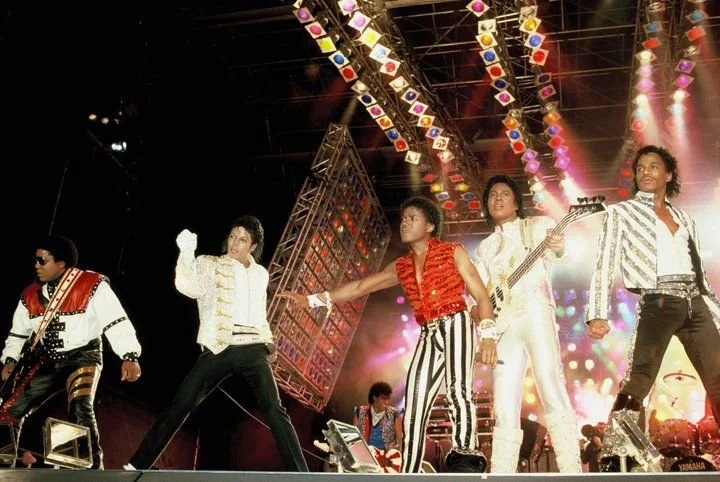The Story of Union Depot
The Story of Union DepotIf you were forwarded this email, click here to subscribe (it's free!) Read this story online | Sponsor this newsletter | Shop 📸
Kansas City’s first grand train station, Union Depot, opened on April 7, 1878—a bold statement of the city’s growing importance in the American railroad network. Positioned near the stockyards and meatpacking district in the West Bottoms, the depot emerged during a time of rapid expansion. The Hannibal Bridge had just been completed in 1869, connecting Kansas City to the eastern United States and solidifying its role as a major western gateway. City leaders quickly recognized the need for a central rail hub to handle increasing passenger and freight traffic. Backed by the city’s business elite, construction began under master builder James A. McGonigle. When completed, Union Depot was the largest train station west of New York City—an impressive achievement for a city still carving out its identity.
Designed by prominent architects Asa Beebe Cross and William M. Taylor, Union Depot was more than a transportation hub—it was a visual landmark. Its architecture combined elements of Renaissance and Gothic Revival styles, complete with turrets, gables, arches, and decorative ironwork. The building resembled a European castle more than a Midwestern depot, symbolizing Kansas City’s cultural ambitions and rising prominence. Inside, passengers found marble floors, high vaulted ceilings, frescoed murals, and elegant waiting areas. It was a place of movement and luxury—where cattle dealers, soldiers, politicians, and families from across the country crossed paths under a soaring roof. But its success was short-lived.
While the depot was built with grandeur in mind, it was not built in the ideal location. Its site in the flood-prone West Bottoms caused frequent problems—especially during the infamous flood of 1903, when water rose over six feet inside the building. As Kansas City grew rapidly in the early 20th century, Union Depot's space and infrastructure could no longer keep pace. In 1914, just 36 years after Union Depot’s debut, Kansas City unveiled a new, state-of-the-art train station: Union Station. Located further south in a less flood-prone and more accessible area, the new station offered everything Union Depot could not—a more central location, larger facilities, and modern amenities.
Union Depot held a farewell celebration on Halloween night in 1914. That evening, the final trains departed the old station, and its windows and doors were nailed shut. The building stood empty, a silent witness to the rise of a new era in Kansas City transportation. Today, nothing remains of Union Depot except a small historical marker along Union Avenue in the West Bottoms. The site that once welcomed travelers from across the country now sits quiet, but its story remains a powerful reminder of the city's early ambition, growth, and change. This Week's Featured Home4963 Ward Pkwy, Kansas City, MO 64112 Fully renovated inside and out, this Modern Tudor sits on a private 0.42-acre lot in a cul-de-sac with a gated, heated driveway and 4 garage spaces. The main level features herringbone floors, formal living, a chef’s kitchen with marble island and high-end appliances, and a primary suite with spa bath, coffee bar, and custom closet. Upstairs offers a loft with wet bar, a second primary suite, two more bedrooms, and a third-floor retreat with sauna.
Realtors: interested in sponsoring this section to 10K+ readers? Just email me at hello@kcyesterday.com! ps: do you remember the orange seats at Kauffman Stadium? |
Stories from the City - History of Kansas City
Join thousands of others and discover Kansas City's captivating history every week with the exclusive newsletter from KC Yesterday. Sign up now to unlock fascinating stories about the mafia, architecture, prohibition, sports, and everything in between!
The Story of The Hyatt Regency Walkway Collapse: KC's Darkest Day If you were forwarded this email, click here to subscribe (it's free!) Read this story online | Sponsor this newsletter | Shop 📸 Exactly 44 years ago, on July 17, 1981, a catastrophic structural failure occurred at the Hyatt Regency Hotel. Two suspended walkways inside the hotel’s atrium collapsed during a crowded evening event, resulting in the deaths of 114 people and injuries to 216 others. It remains one of the deadliest...
The Story of The Jacksons at Arrowhead in 1984 If you were forwarded this email, click here to subscribe (it's free!) Read this story online | Sponsor this newsletter | Shop 📸 July 6-8, 1984: The Jacksons at Arrowhead Stadium In the summer of 1984, The Jacksons launched their North American Victory Tour with three sold-out shows at Arrowhead Stadium. In a rare move, Arrowhead officials accepted a flat $100,000 fee instead of their usual cut of ticket and concession sales. The Victory Tour...
The Story of Sliced Bread’s Invention in Chillicothe If you were forwarded this email, click here to subscribe (it's free!) Read this story online | Sponsor this newsletter | Shop 📸 In the world of everyday innovations, few have had the staying power, or cultural impact, of sliced bread. And it all began in the small town of Chillicothe, Missouri, about an hour and a half northeast of downtown Kansas City. Here's the story! Mural in Chillicothe, MO. Courtesy http://www.homeofslicedbread.com/....






